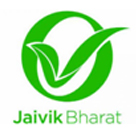
How to Read Labels
DECODE FOOD LABELS
Being able to understand and correctly interpret the labels on food items is vitally important to be able to make good food choices and prepare healthy food in your kitchen.
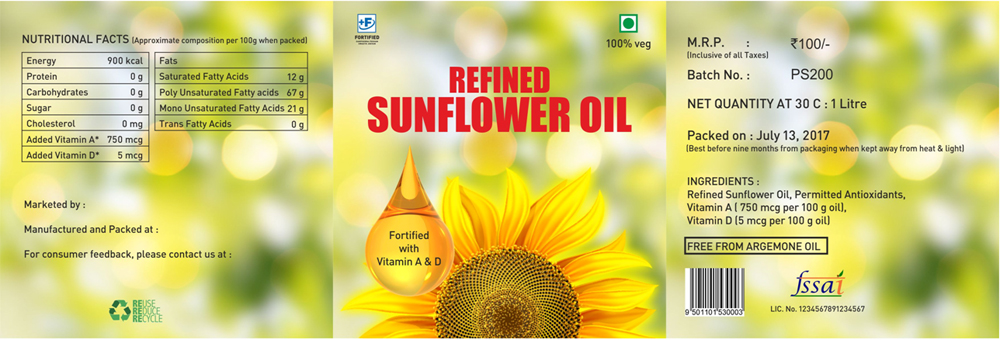
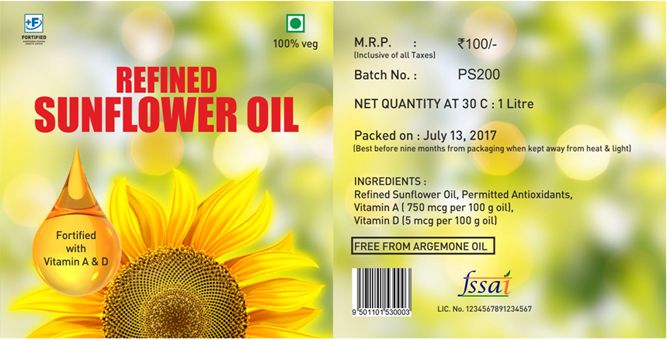
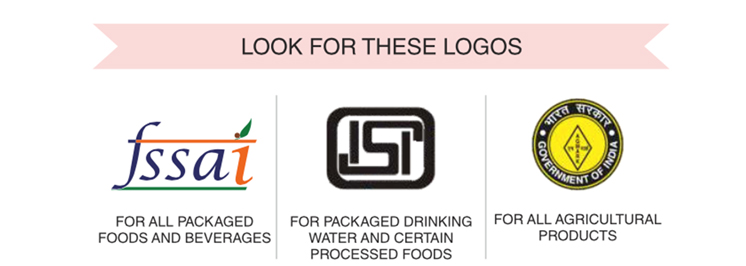
- FSSAI LOGO with LICENCE NUMBER
- ISI mark for packaged drinking and mineral water and certain processed foods such as infant food, milk and skimmed milk powder
- AGMARK for all agricultural products such as vegetable oil, pulses, cereals, spices, honey, fruits and vegetables
- GREEN dot for vegetarian food
- BROWN dot for non-vegetarian food, including egg
- Logo for fortified food
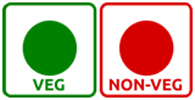
DID YOU KNOW?
?Fortified? food means essential nutrients such as vitamins and minerals have been added to the food. Eating fortified wheat flour, rice, milk, oil, and salt helps to meet your daily requirement for nutrients that help you grow, fight infections and stay strong and healthy. For more information visit
www.ffrc.fssai.gov.in
LOOK FOR THIS LOGO
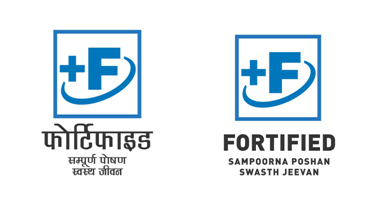
CHECK THE FOLLOWING
Always check the ?Date of Manufacture? and ?Date of Expiry? or ?Best Before? date for freshness
Be sure to consume foods before the ?Best Before? date or before the ?Expiry Date? has lapsed.
LIST OF INGREDIENTS and FOOD ADDITIVES:
- FSSAI LOGO with LICENCE NUMBER
- Carefully check the list of ingredients
- Common allergy-causing ingredients include casein in milk, tree nuts including peanuts, eggs, fish, shellfish, soybean, and proteins in wheat. Avoid foods products that include these ingredients if the consumer is sensitive to them. Consuming these even in small quantities can cause severe allergic reactions in some people.
- Check the food additives for artificial/permitted flavouring and colours. Class I preservatives are preferred over class II.
INSTRUCTIONS FOR USE:
- Read instructions for use if mentioned. Make sure you follow these instructions for best results.
STORAGE CONDITIONS
- Read instructions for storage such as where to keep the food product and for how long.
DECLARATIONS:
- Read any claims and declarations such as ?free from Argemone oil?. For details about clarifications on claims, please refer to the Pink Book by FSSAI.
USE NUTRITION FACTS TO CHOOSE PROCESSED FOODS WISELY

SERVING SIZE and NET WEIGHT:
- Check the serving size. It may be given as the number of servings per container/packet or the weight/volume in g/ml.
- Check the net weight of the packet. This is the total amount of product contained in the packet.
- The Nutrition Facts Label information is generally based on one serving/per 100g /100ml, but many packages may contain more than one serving or more than 100g or 100ml.
- Look at how many servings/g/ml you are actually consuming. If there are two servings/200g/200ml in one packet and you eat the whole packet, you have consumed double the calories and nutrients mentioned in the Nutrition Facts.
ENERGY:
- This is where you find the calories per serving, given in kcal, which stands for kilocalories
- If the packet contains two servings and the calorie content is 100 calories per serving then you consume 200 calories if you eat the whole packet.
- Fat-free does not mean calorie-free. Lower fat items may have as many calories as full-fat items.
FATS & CHOLESTEROL :
- To help reduce your risk of heart disease, use the label to select foods that are lowest in saturated fats, trans fats, and cholesterol.
SODIUM
- To help reduce your risk of high blood pressure, select foods that are lowest in sodium content.
CARBOHYDRATES:
- Check for sugars, especially added sugars.
- Limit sugars, especially added sugars, to reduce your risk of obesity.
PROTEIN:
- Look for foods that are rich in proteins. Proteins are the building blocks of our body. They are found in muscles, bones, hair, skin and tissues and are important for the body to function properly.
DIETARY FIBRE:
- Check the amount of fibre. Fibre improves digestive functioning and overall health.
VITAMINS& MINERALS:
- Select foods that are rich in a variety of vitamins as they help us fight infections and keep us healthy.
GUIDELINES FOR DAILY ALLOWANCE (GDA) or DAILY VALUE % (DV%)
- Some foods display Guidelines for Daily Allowance or Daily Value%. This tells you what percentage of the daily requirements of particular nutrients is fulfilled by that food.
- DV is based on a 2000-calorie diet. If a nutrient?s DV is listed as 20% then it meets 20% of the total amount of that nutrient you need per day to function properly.
- This is a helpful way to check if the food is high or low in a nutrient value. A DV of 5% or less means the food item is low in that nutrient and 20% or more means it is high in that nutrient.
TIP
A great way to help the environment, while fulfilling our food needs is by using products that can be recycled. Simply look for the recyclable sign on the packet before making the purchase.

DID YOU KNOW?
For those who would like to consume genuine organic food, FSSAI has launched an initiative called ?Jaivik Bharat? to ensure genuineness of food labelled and sold as ?organic?.
The ?Jaivik Bharat? logo, a common identity for organic food, helps you identify authentic organic food.
An ?Indian Organic Integrity Database? has been developed and is available through the Jaivik Bharat portal at
www.jaivikbharat.fssai.gov.in.
LOOK FOR THIS LOGO
